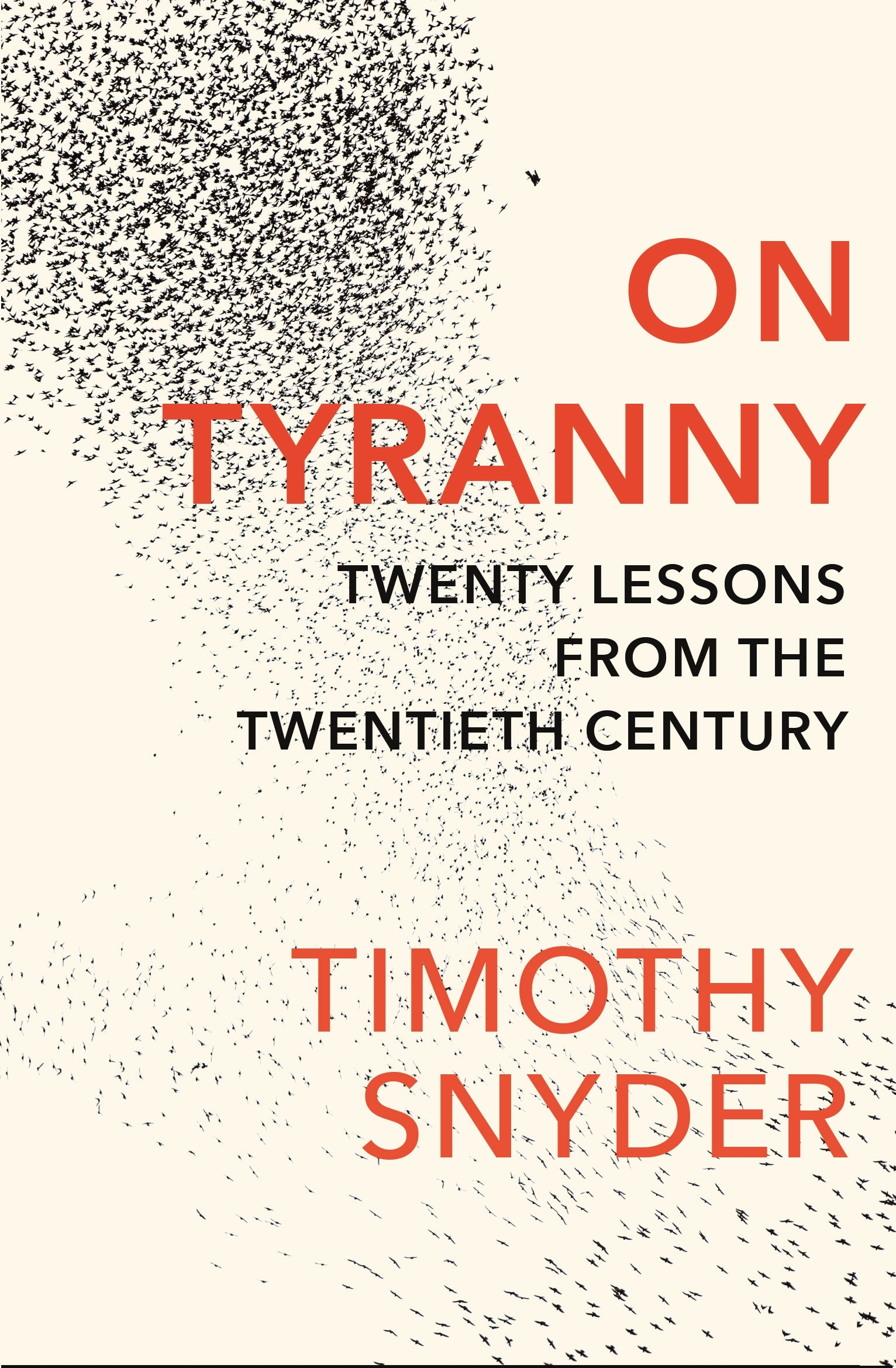

In the same light, Snyder’s thesis is short, barely goes beyond the surface of a huge topic, which requires more contemplation than he can perhaps deliver given the format. One may argue that Snyder could have worked on the outline to carry more nuance to the text. To begin with, one drawback is that the writing may feel a bit rushed to some readers. (Snyder 2017, 71)There are also a few things that can put some readers off. They used new media, which at the time was radio, to create a drumbeat of propaganda that aroused feelings before people had time to ascertain facts. Here is an excerpt from the passage, and a prime example, of what is a careful yet emphatic way in which the author makes clear the crossroads to its readers.įascists despised the small truths of daily existence, loved slogans that resonated like a new religion, and preferred creative myths to history or journalism. Each page of this book contains punchy and quotable epithets. In addition, the book appeals to a broad audience, including researchers, students and interested laypeople, aiming to warn them how democracies can die from inside and how terrifying are the stories of fascism. I suppose this book has a precious place on the current debate about right-wing populism for its clear outline and reference to auxiliary literature, along with the significant historical parallels which make the fault lines of history detectable. According to him, nationalists incite us to be our worst, while telling us that we are the best (2017, 113).

Therefore, the book has also some thematic frames (1) community, which needs to be defended and participated, (2) language and truth, which needs to be sought, payed and respected, (3) taking risk, which demands standing up, or least, not surrendering to the crowds or drowsy minds, (4) historical, where one needs to apprehend that history is not fictional or ineluctable and finally (5) patriotism, which needs to be distinguished from nationalism. The author also develops an account to recommend what one may need to do or not to do if the worst does occur.

#On tyranny book how to#
The author clarifies how to give attention on abstruse changes, and how to spot the symbols and signs of despotism and tyranny. In other words, drawing upon 20 lessons, Synder’s illustrates how Trump’s ascendancy is on a slippery slope toward tyranny. Synder’s main points of argument are that American citizens ought to learn lessons from when Stalinism, Nazism and fascism overrode earlier democratic regimes between 1920s and 1940s in Europe, so that the perturbing similarities flaunted by Trump’s actions and statements do not progress further down that road. However, Snyder, by no means, indicates that he is a fascist as a matter of fact, he never uses the president’s name directly as he seems to be cautious not to overstress the case. The book is printed shortly after Donald J. Synder lists deeds one needs to cultivate, and constantly rehearse, that may protect oneself and one’s nation from being stricken with tyrannical establishments and fascism.

Through discussing 20 brief historical lessons, it demonstrates how one can and should learn from the mistakes made throughout history, proposes ways in which one can recognize tyranny and fascism and distils the habits to fight totalitarianism. The book provides a powerful warning against a cavalier attitude regarding the vigour of American democracy. “History does not repeat, but it does instruct” ( 2017, 9) is Timothy Snyder’s opening line in On Tyranny: Twenty Lessons from the Twentieth Century.


 0 kommentar(er)
0 kommentar(er)
